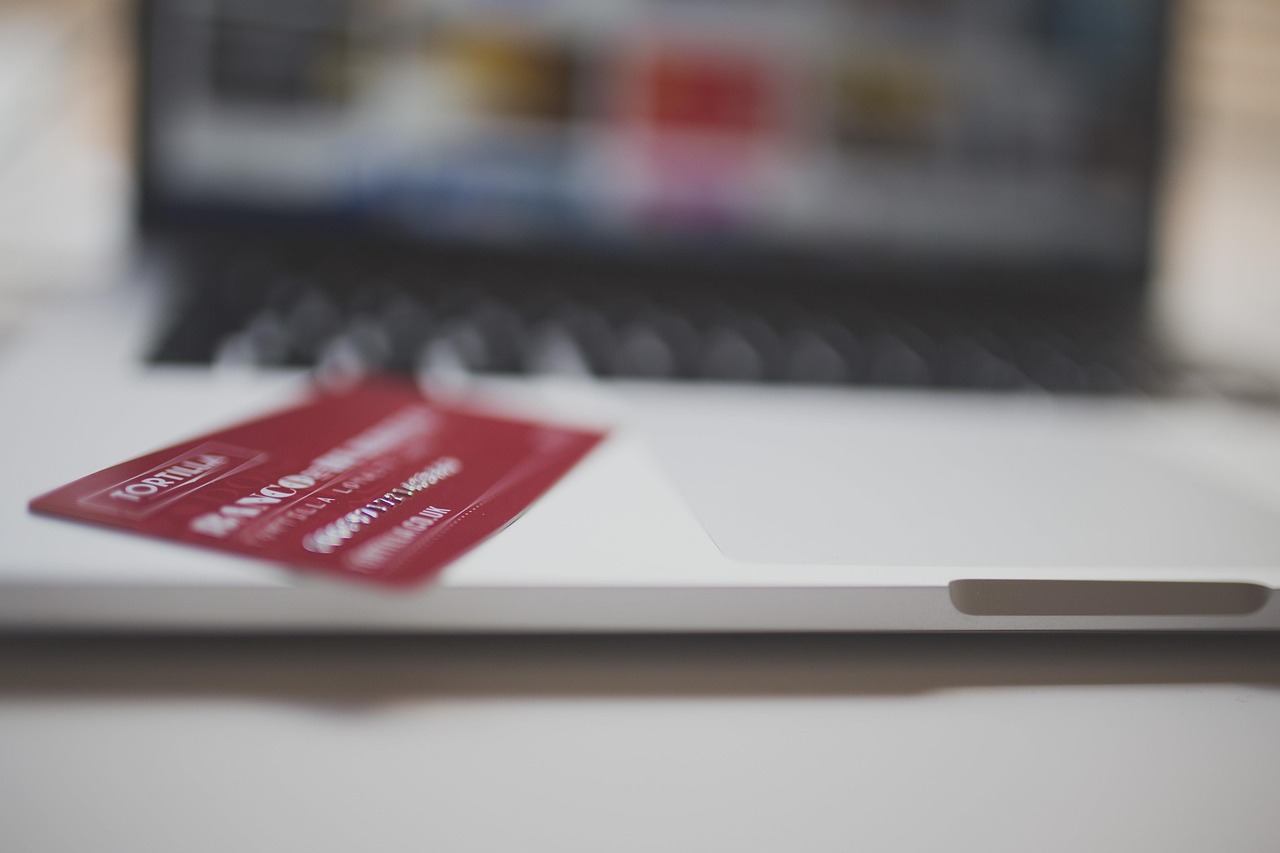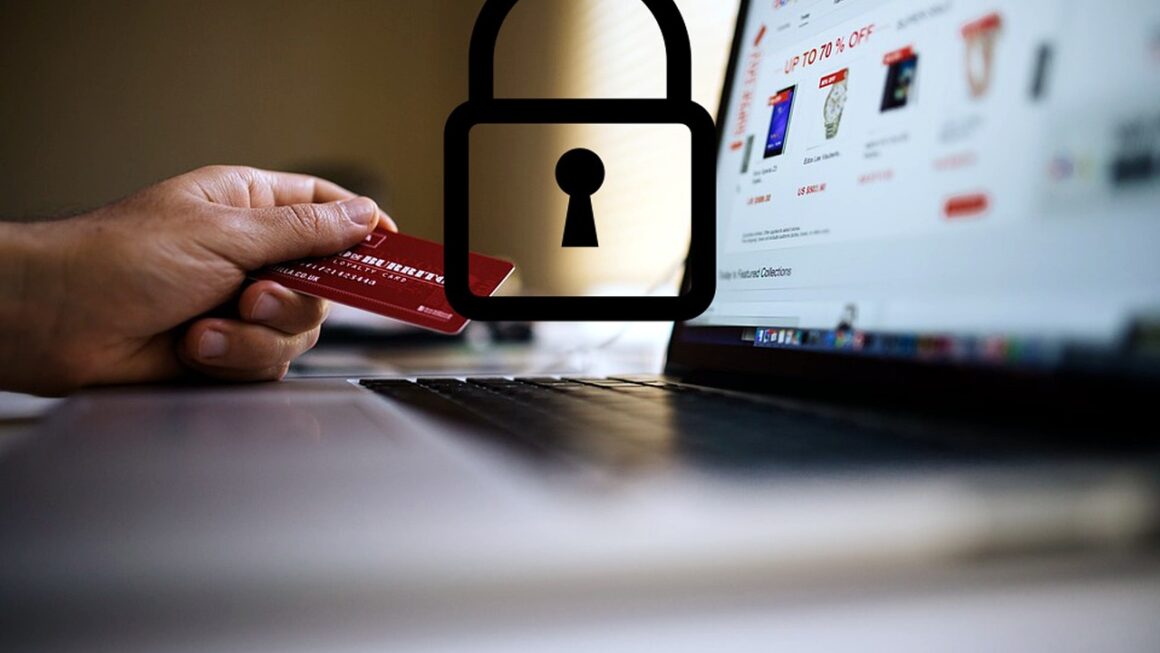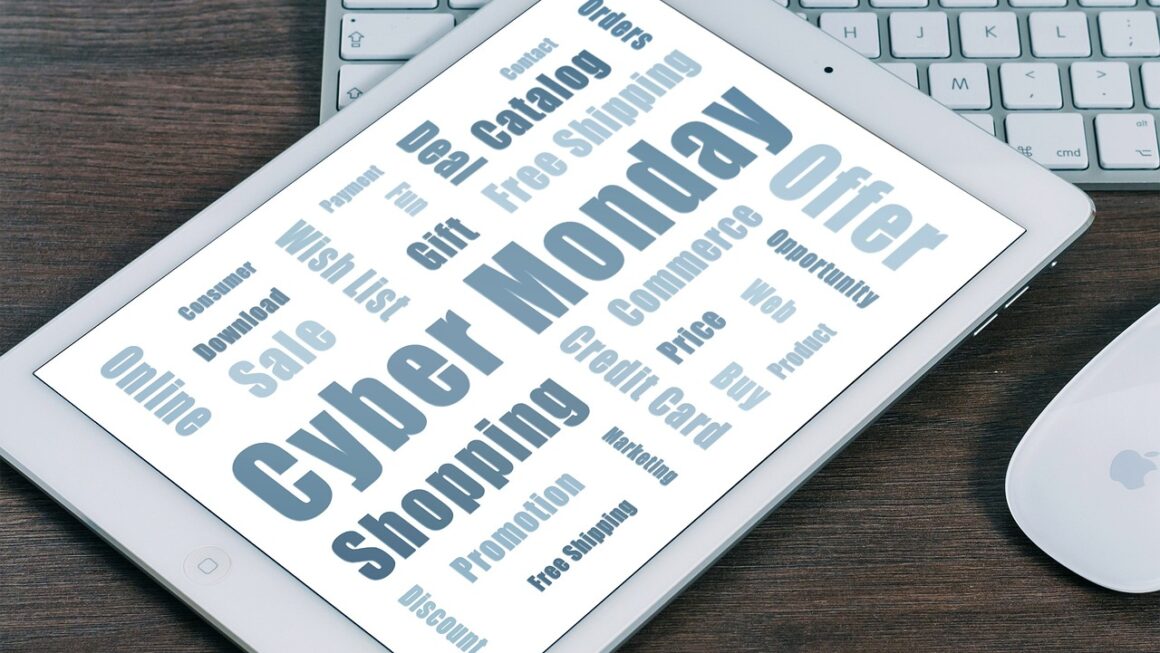The world moves fast, and keeping up often means relying on convenient solutions. Delivery services have transformed from a luxury to a necessity, connecting businesses and consumers in unprecedented ways. From groceries and restaurant meals to packages and prescriptions, the options are seemingly limitless. This blog post dives deep into the world of delivery services, exploring their various types, benefits, choosing the right one, and what the future holds for this dynamic industry.
Understanding the Landscape of Delivery Services
Delivery services encompass a broad range of options, each catering to specific needs and preferences. Understanding the different types is crucial for making informed decisions, whether you’re a business seeking to expand your reach or a consumer looking for convenience.
Types of Delivery Services
- Food Delivery: These services focus solely on delivering meals from restaurants, cafes, and other food establishments. Examples include DoorDash, Uber Eats, and Grubhub. They often operate on a commission basis, charging restaurants a percentage of each order.
- Grocery Delivery: Specializing in delivering groceries from supermarkets and specialty stores, companies like Instacart and Amazon Fresh offer a convenient alternative to traditional shopping. Many offer same-day or even express delivery options.
- Package Delivery: Established players like FedEx, UPS, and USPS handle the delivery of packages, documents, and other items through established networks. They offer various shipping speeds and tracking options.
- On-Demand Delivery: Services like GoPuff and local courier companies offer rapid delivery of a wide range of goods, often operating within a limited geographic area. They are ideal for last-minute needs and urgent requests.
- Specialized Delivery: Certain companies cater to specific needs, such as prescription delivery (e.g., PillPack), flower delivery (e.g., 1-800-Flowers), and furniture delivery (often handled by furniture retailers themselves or specialized logistics companies).
The Rise of Third-Party Delivery Services
Third-party delivery services have revolutionized the industry, connecting businesses with a vast network of drivers and customers. These platforms offer several advantages:
- Expanded Reach: Businesses can reach a wider customer base without investing in their own delivery infrastructure.
- Increased Efficiency: Delivery services optimize routes and logistics, ensuring timely and efficient delivery.
- Marketing and Promotion: Platforms often provide marketing and promotional opportunities to help businesses attract new customers.
- Flexibility: Businesses can adjust their delivery capacity based on demand, scaling up or down as needed.
However, it’s crucial to carefully evaluate the costs and commission structures associated with these services to ensure profitability.
The Benefits of Using Delivery Services
Delivery services offer a plethora of advantages to both consumers and businesses, contributing to increased convenience, efficiency, and growth.
Benefits for Consumers
- Convenience: Save time and effort by having goods delivered directly to your doorstep.
- Wider Selection: Access a broader range of products and services than may be available locally.
- Reduced Travel Costs: Eliminate the need to travel to stores, saving on gas, parking, and transportation expenses.
- Contactless Delivery: Minimize physical contact during the delivery process, promoting safety and hygiene, especially important during times of health concerns.
- 24/7 Availability: Many delivery services operate around the clock, providing access to goods and services at any time.
Benefits for Businesses
- Increased Sales: Expand customer reach and generate new revenue streams.
- Improved Customer Satisfaction: Enhance the customer experience by offering convenient delivery options.
- Reduced Overhead Costs: Outsource delivery operations to third-party providers, reducing the need for in-house drivers and vehicles.
- Competitive Advantage: Differentiate your business from competitors by offering delivery services.
- Data Insights: Gain valuable insights into customer preferences and demand patterns.
For example, a local restaurant can partner with a food delivery service to reach customers outside its immediate neighborhood, boosting sales and brand awareness. Similarly, a busy professional can utilize grocery delivery to save time on shopping, allowing them to focus on other priorities.
Choosing the Right Delivery Service
Selecting the appropriate delivery service depends on your specific needs, budget, and target audience. Consider the following factors:
Key Considerations
- Delivery Area: Ensure the service covers your desired geographic area.
- Delivery Time: Evaluate the service’s delivery speed and reliability.
- Pricing and Fees: Compare commission structures, delivery fees, and other associated costs.
- Customer Support: Assess the quality and responsiveness of the service’s customer support team.
- Technology Integration: Ensure seamless integration with your existing systems, such as point-of-sale (POS) or e-commerce platforms.
- Reputation and Reviews: Research the service’s reputation and read customer reviews to gauge its reliability and performance.
Tips for Businesses
- Start Small: Begin with a limited geographic area or a select menu of items to test the waters.
- Negotiate Rates: Don’t be afraid to negotiate commission rates with delivery service providers.
- Promote Delivery Options: Highlight your delivery services on your website, social media, and marketing materials.
- Track Performance: Monitor key metrics, such as order volume, delivery times, and customer satisfaction, to identify areas for improvement.
- Offer Incentives: Provide discounts or promotions to encourage customers to use your delivery services.
For instance, a small retail business might initially partner with a local courier service for same-day deliveries within a limited radius before expanding to larger providers. It’s also crucial to factor in packaging costs; ensure your products are properly packaged to prevent damage during transit.
The Future of Delivery Services
The delivery landscape is constantly evolving, driven by technological advancements and changing consumer expectations. Several trends are shaping the future of this dynamic industry.
Emerging Trends
- Autonomous Delivery: Self-driving vehicles and drones are poised to revolutionize delivery logistics, offering faster, more efficient, and cost-effective solutions.
- Sustainable Delivery: Environmentally friendly delivery options, such as electric vehicles and bicycle couriers, are gaining traction as consumers become more conscious of their environmental impact.
- Hyperlocal Delivery: Focus on serving small, localized areas with ultra-fast delivery times.
- AI-Powered Optimization: Artificial intelligence (AI) is being used to optimize delivery routes, predict demand, and personalize the customer experience.
- Subscription Models: Subscription-based delivery services offer customers unlimited deliveries for a fixed monthly fee, providing convenience and cost savings.
Preparing for the Future
- Embrace Technology: Stay abreast of the latest technological advancements and adopt innovative solutions to improve efficiency and customer service.
- Focus on Sustainability: Implement environmentally friendly practices to reduce your carbon footprint.
- Personalize the Experience: Tailor your delivery services to meet the unique needs and preferences of your customers.
- Invest in Data Analytics: Leverage data to gain insights into customer behavior and optimize your delivery operations.
- Adapt to Changing Regulations: Stay informed about evolving regulations and compliance requirements in the delivery industry.
An example of preparing for the future involves businesses exploring partnerships with drone delivery companies for specific types of goods or locations where it makes sense. Investing in data analytics to understand peak delivery times and popular items also allows for optimized resource allocation and improved customer satisfaction.
Conclusion
Delivery services have become an integral part of modern life, offering unparalleled convenience and efficiency to consumers and businesses alike. By understanding the different types of delivery services, their benefits, and how to choose the right one, you can leverage these platforms to achieve your goals, whether that’s expanding your business or simply saving time on everyday tasks. As the industry continues to evolve, staying informed about emerging trends and embracing technological advancements will be crucial for success. The future of delivery is bright, and by adapting to the changing landscape, you can position yourself to thrive in this dynamic market.






